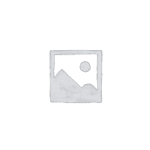OVERVIEW
The market size of customer engagement solutions is projected to reach USD 24.11 billion by 2024, growing over the forecast period at a CAGR of 10%. Increasing customer engagement strategies to lower customer churn rates, increasing the use of e-commerce and m-commerce platforms, and growing focus on delivering improved customer engagement are important factors that are expected to drive the market.
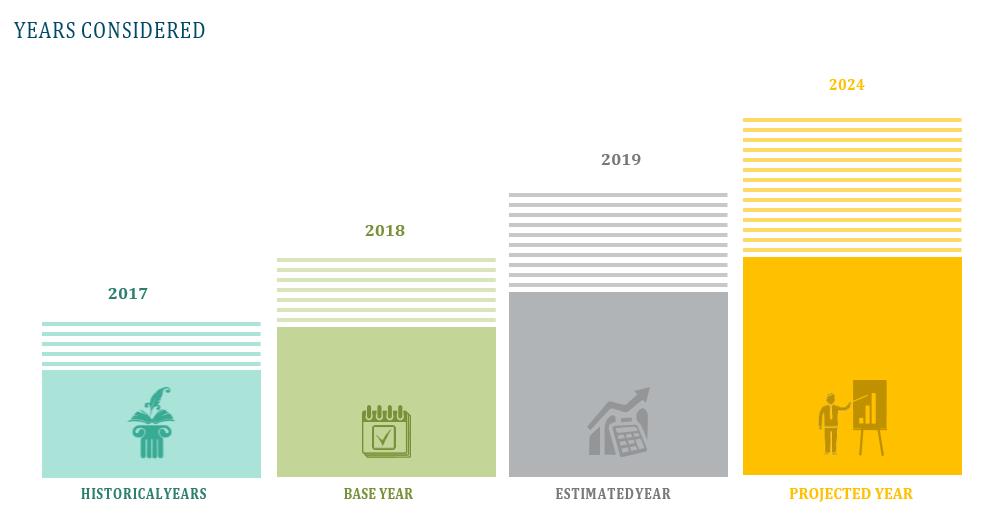


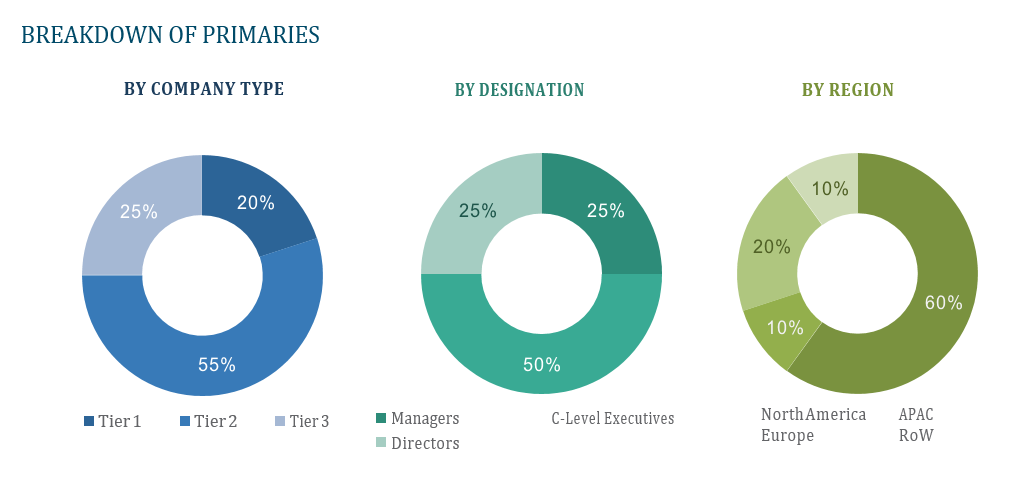
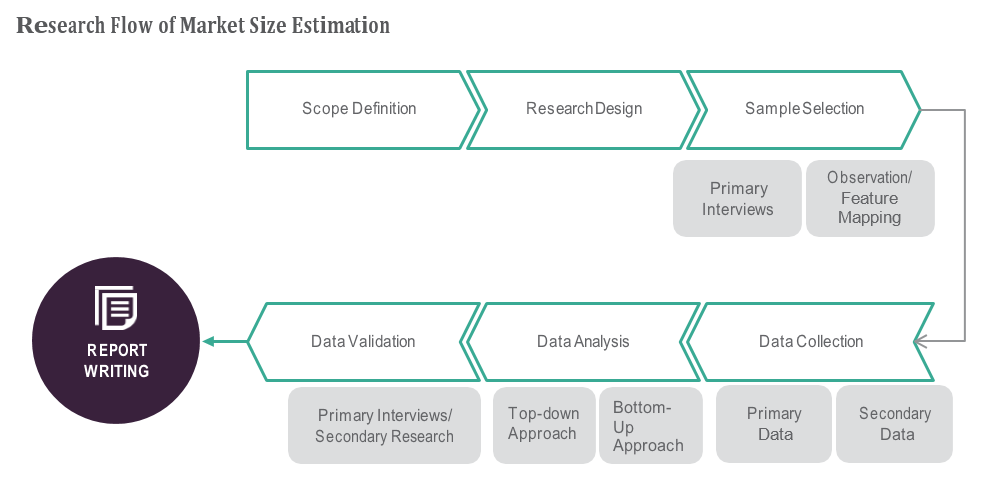

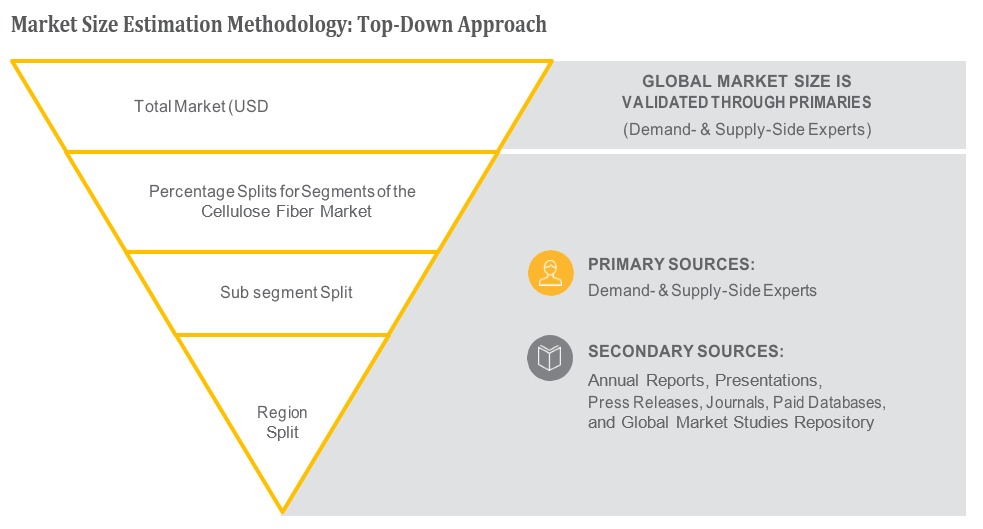
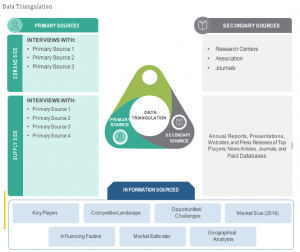
TABLE OF CONTENT
1 Global Customer Engagement Solutions Market
1.1 Study Objectives
1.2 Market Definition
1.3 Study Scope
1.3.1 Markets Covered
1.3.2 Geographic Scope
2 RESEARCH METHODOLOGY
2.1 Research Data
2.1.1 Secondary Data
2.1.1.1 Key Data From Secondary Sources
2.1.2 Primary Data
2.1.2.1 Key Data From Primary Sources
2.1.2.2 Key Industry Insights
2.1.2.3 Breakdown of Primaries
2.2 Market Size Estimation
2.2.1 Bottom-Up Approach
2.2.2 Top-Down Approach
2.3 Market Breakdown and Data Triangulation
2.4 Research Assumptions
3 Global Customer Engagement Solutions Market – Executive Summary
3.1 Market Revenue, Market Size and Key Trends by Company
3.2 Key Trends by type of Application
3.3 Key Trends segmented by Geography
4 Global Customer Engagement Solutions Market – Comparative Analysis
4.1 Product Benchmarking – Top 10 companies
4.2 Top 5 Financials Analysis
4.3 Market Value split by Top 10 companies
4.4 Patent Analysis – Top 10 companies
4.5 Pricing Analysis
5 Global Customer Engagement Solutions Market – Industry Market Entry Scenario
5.1 Regulatory Framework Overview
5.2 New Business and Ease of Doing business index
5.3 Case studies of successful ventures
5.4 Customer Analysis – Top 10 companies
6 Global Customer Engagement Solutions Market – Market Forces
6.1 Introduction
6.2 Market Dynamics
6.2.1 Drivers
6.2.2 Opportunities
6.2.3 Challenges
6.3 Porters Analysis of Market
6.3.1 Bargaining power of suppliers
6.3.2 Bargaining powers of customers
6.3.3 Threat of new entrants
6.3.4 Rivalry among existing players
6.3.5 Threat of substitutes
7 Global Customer Engagement Solutions Market – Strategic Analysis
7.1 Value Chain analysis
7.2 Product Life Cycle
7.3 Supplier and distributor analysis (Market share and product dealing strategies)
8 Global Customer Engagement Solutions Market – By Component (Market Size – &
million/billion)
8.1 Services
8.2 Solution
9 Global Customer Engagement Solutions Market – By Deployment Mode
9.1 On-Premises
9.2 Cloud
10 Global Customer Engagement Solutions Market – By Organization Size
10.1 SMEs
10.2 Large Enterprises
11 Global Customer Engagement Solutions Market – By Solution Type
11.1 Omnichannel
11.2 Workforce Optimization
11.3 Robotic Process Automation
11.4 Analytics & Reporting
12 Global Customer Engagement Solutions Market – By Vertical
12.1 BFSI
12.2 Consumer Goods & Retail
12.3 Travel & Hospitality
12.4 Healthcare
12.5 Manufacturing
12.6 Telecommunication
12.7 Automotive
12.8 Media & Entertainment
12.9 Others
13 Global Customer Engagement Solutions Market – By Geography (Market Size – &
million/billion)
13.1 Introduction
13.2 North America
13.2.1 US
13.2.2 Canada
13.2.3 Mexico
13.3 Europe
13.3.1 U.K
13.3.2 Germany
13.3.3 Italy
13.3.4 France
13.3.5 Spain
13.3.6 Rest of Europe
13.4 Asia-Pacific
13.4.1 China
13.4.2 Japan
13.4.3 India
13.4.4 South Korea
13.4.5 Rest of APAC
13.5 Rest of the World
13.5.1 South America
13.5.2 Middle East
13.5.3 Africa
14 Global Customer Engagement Solutions Market – Entropy
14.1 New product launches
14.2 M&A’s, collaborations, JVs and partnerships
15 Global Customer Engagement Solutions Market Company Profile (Key Players)
15.1 Market Share, Company Revenue, Products, M&A, Developments
15.2 Avaya
15.3 Oracle
15.4 Microsoft
15.5 IBM
15.6 Aspect Software
15.7 Calabrio
15.8 Genesys
15.9 Nuance Communications
15.10 Opentext
15.11 Nice Systems
15.12 Company 11 & more
16 Global Customer Engagement Solutions Market – Appendix
16.1 Sources
16.2 Abbreviations










